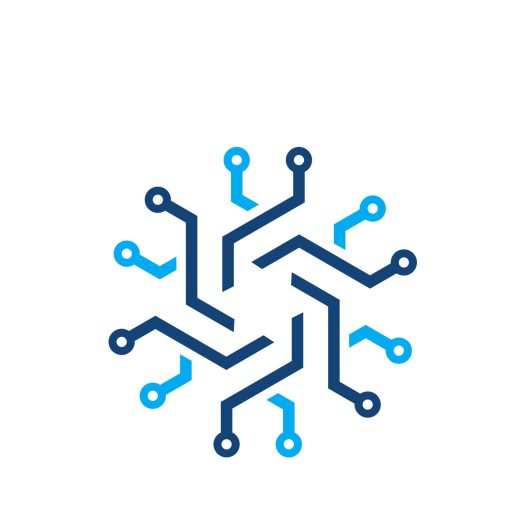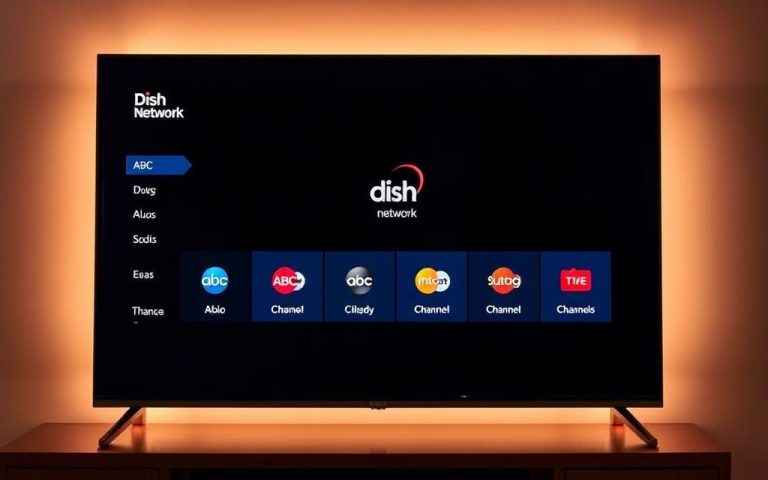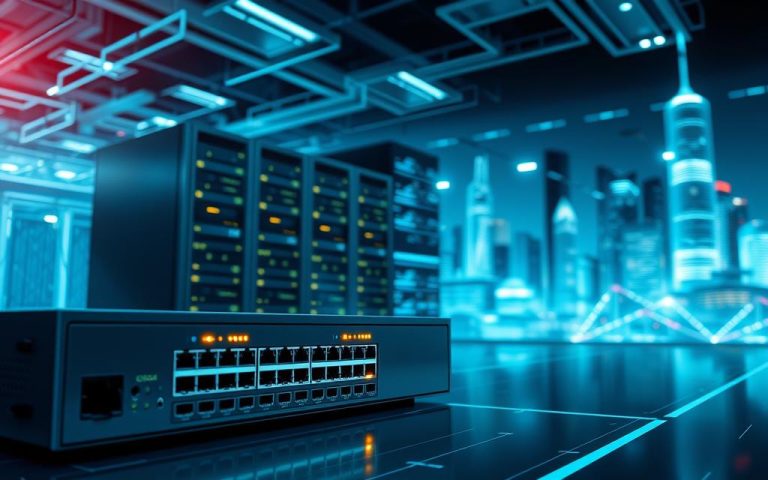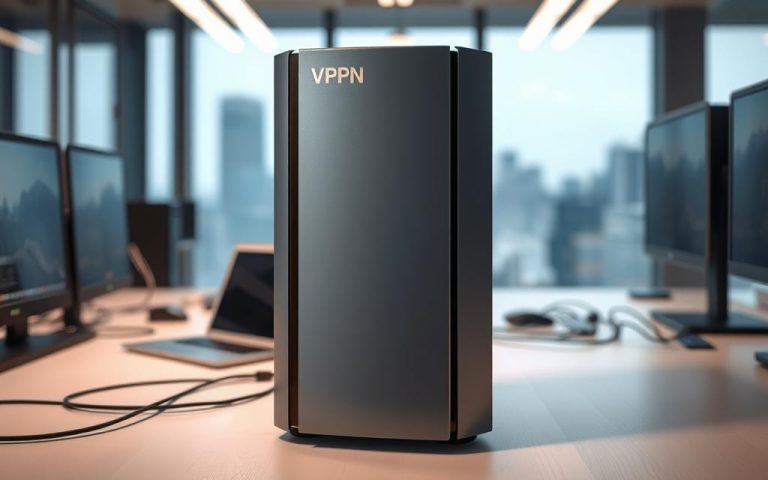Troubleshooting: a Network Change Was Detected Issues
Encountering the “ERR_NETWORK_CHANGED” error in Google Chrome can be frustrating, especially when you’re in the middle of an important task. This error typically occurs when the browser detects a disruption in your internet connection, causing a temporary disconnect. The error message “a network change was detected” indicates that while you still have an internet connection,…










